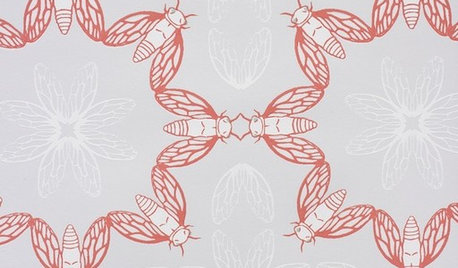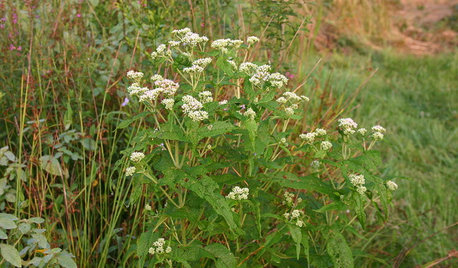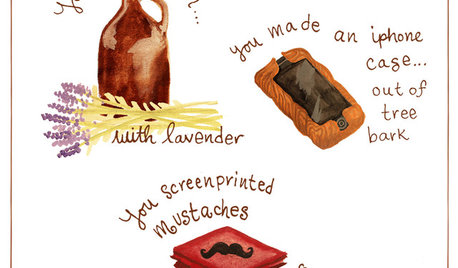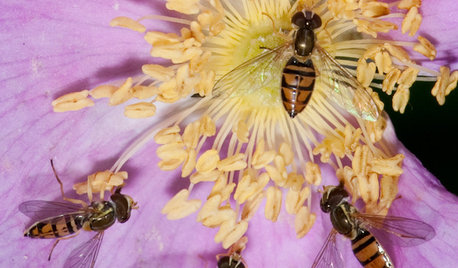----------------FLYING BUG PREVENTION----------------
( or 1 oz. prevention = 1 lb. cure )
Luckily, so far the only two pests I've had to deal with in my worm bin were fruit flies and fungus gnats, and I think I've now got preventing them worked down to a science. Living in an apartment without an easy way to take the bin outdoors, preventing flying bugs is highly important to me! Here's my three-pronged strategy:
Step 1: First, my bin has no drainage holes. An indoor bin with drainage holes is just too much of a hassle! You need a pan to collect the drainage, you have to prop the bin up above the pan, and the drainage has a way of attracting flying bugs. So instead I have no drainage holes, but put an old college textbook under one side of the bin so it sits at an incline and any drainage accumulates in the far end of the bin. When I go to feed it, I have a turkey baster that I use to suck up any water that has pooled in that end. If I'm smart about the water balance of the stuff I put into the bin (plenty of dry things like paper/cardboard/leaves if you're adding a lot of fresh food waste, of if freezing the food waste you can drain the water first), there is usually nothing to suck up. Just be careful about leaves! I once put some leaves from outside into the bin without freezing them first and it turned out they had fungus gnats in them! At the very least my cloth cover kept them from flying all over the place, which is Step 2 of my system.
Step 2: A cloth cover. I made a cover out of some light fabric and elastic that fits around the bin. To ensure a perfect fit, I first took some elastic and sewed the ends together to make a loop of elastic that fit around the rim of the bin when stretched lightly. Then I cut the cloth to about the right size and put it over the bin, slipping the elastic band over the cloth. Then I folded the fabric over the outside edge of the elastic, and with a hot glue-gun I hot glued it in place while it was on the bin. Then I trimmed away the excess cloth. As an additional measure, I then went around a second time with the hot glue gun and glued the INSIDE of the elastic to the cloth underneath it. I put some construction paper in between the fabric and the bin while I was hot gluing so it wouldn't stick to the bin. When it is all finished, the cloth cover will look like it is inside-out, but that's fine by me since I don't care too much about appearances! The cloth had a tendency to slip down on the bin because of the way the bin was shaped and the tension in the elastic, and there was an indentation in my particular bin so that if it slipped down it might leave a gap where flying insects could still get in. To fix this, I put several layers of duck tape at each of the corners just below where I wanted the elastic band to stay. The duck tape stopped the elastic from slipping down! Behold the wonders of duck tape!
The cloth cover serves two functions: It prevents fruit flies and fungus gnats from getting into the bin, and if you accidentally introduce them into the bin via food scraps, it keeps them contained. Although this also means you can never open the bin again (unless you have a way to take it outdoors, which I could not easily do at the time), which is my reason for step 3:
Step 3: As a proactive measure in case fruit flies or fungus gnats DO happen to get in, I have created a fly trap that sits on top of the lid and under the fabric cover. I built it out of some 1/8 inch thick foam-board from Walmart. In the bottom sits a piece of ordinary fly paper, and then there is a raised border around the sides with wire mesh over the top to prevent the cloth cover from sagging down and touching the fly paper. I realized when thinking about the design that I needed a way to take the fly paper out of the trap and replace it if necessary, so the bottom is not permanently attached, but is attached to the rest of the unit via velcro. I suspect I may have re-invented the wheel here, and it wouldn't surprise me if somebody already produces covered sticky fly traps! Oh well.
This combination helps keep flying bugs out of the bin, and if I'm careless and forget to freeze food and flying bugs DO get into the bin, it both keeps them contained and actively kills them with the fly trap.
I have got flying bug prevention down to a science! I had to deal with fungus gnats getting into my houseplants once when I overwatered them, and somehow they got from there into the worm bin during the short time I had it open to feed it, so I let it sit for a while with the cloth cover (to contain the fungus gnats) but no lid (to dry it out a little bit on the top and dehydrate the little buggers, but hopefully not the worms!) and then when I replaced the lid I kept the fly trap on top and it killed a few more of them. My worms survived the ordeal and I have not seen the fungus gnats since. So there is an alternative to starting over if your bin gets infested with flying bugs. It takes a bit more planning, but for me it's worth it, since I am less than perfect at always remembering to freeze food waste for three days and even then it's still possible for bugs to move from potted plants to the bin, even in the short time it takes to open it and feed it.













seamommy
emilybemily
Related Discussions
Prayer Plant with Flying Bugs
Q
Plumeria Flying Bugs
Q
Little black flying bugs on leaves
Q
fly and mosquito prevention on on open deck
Q
susanfromhawaii